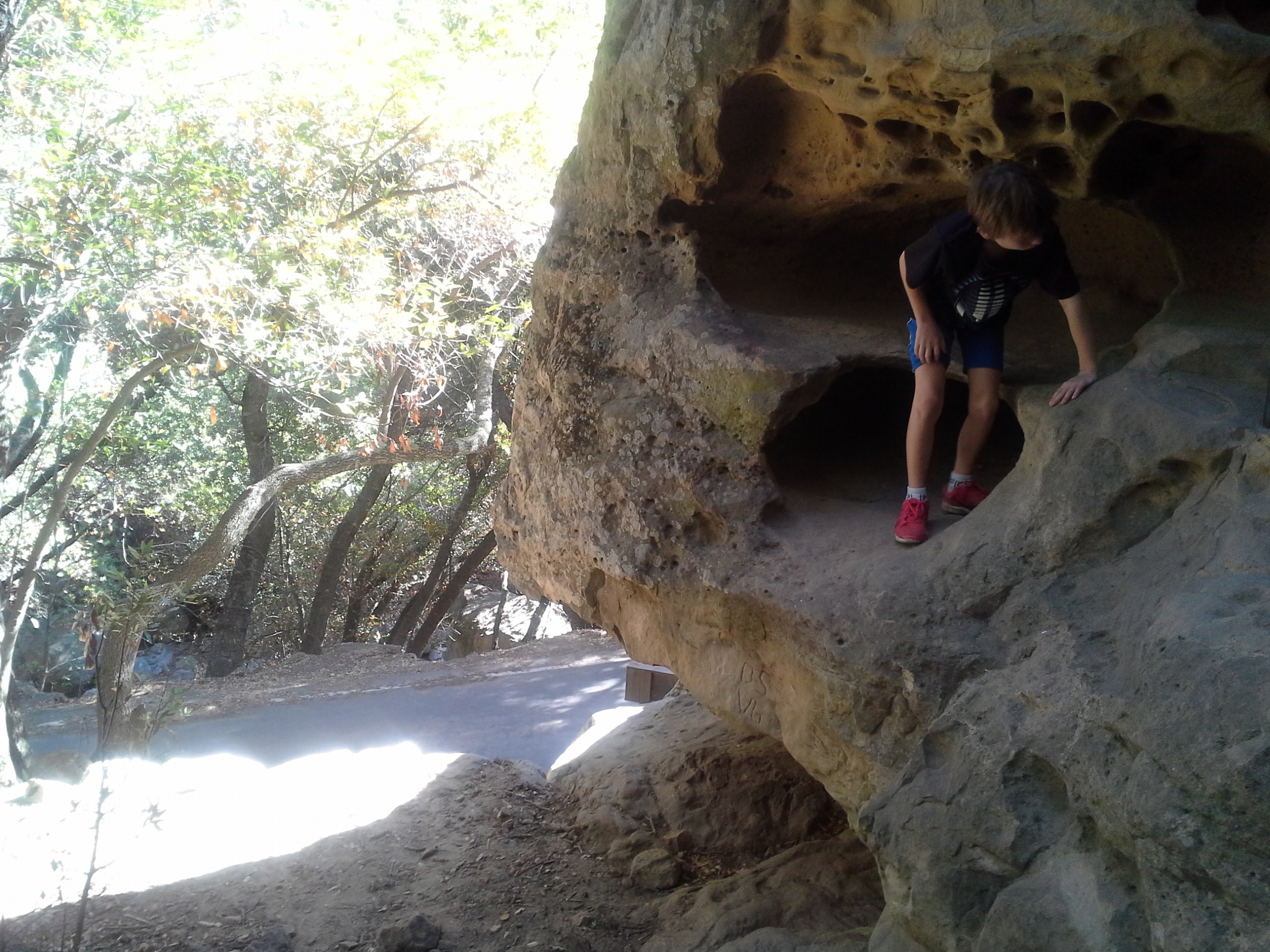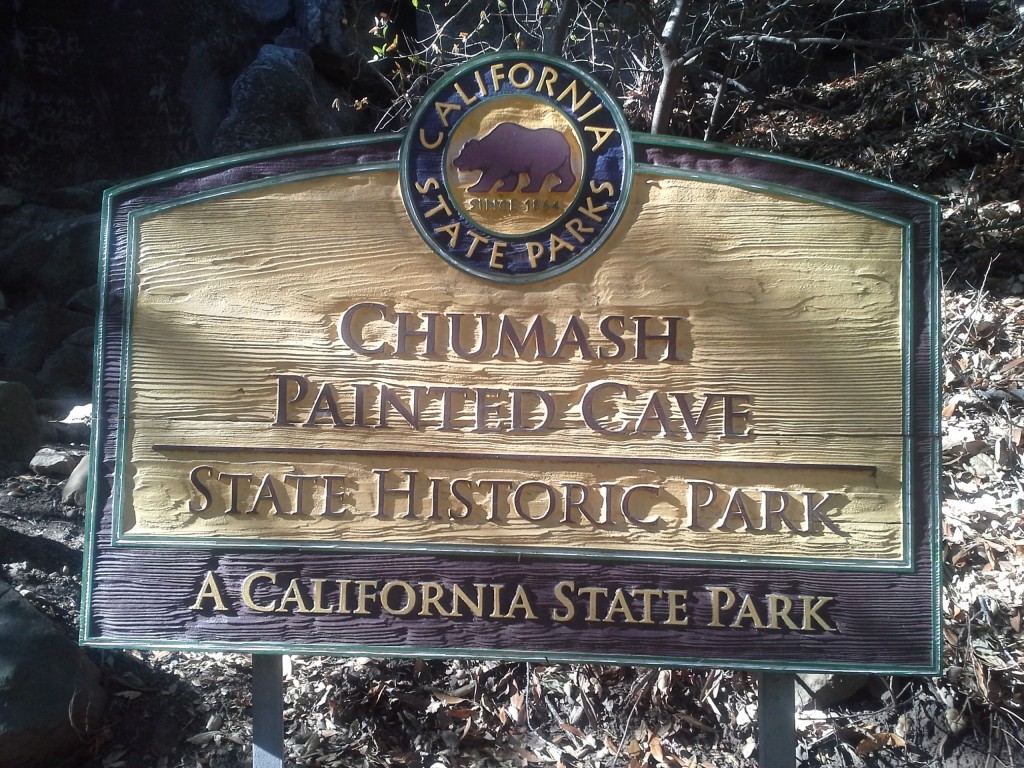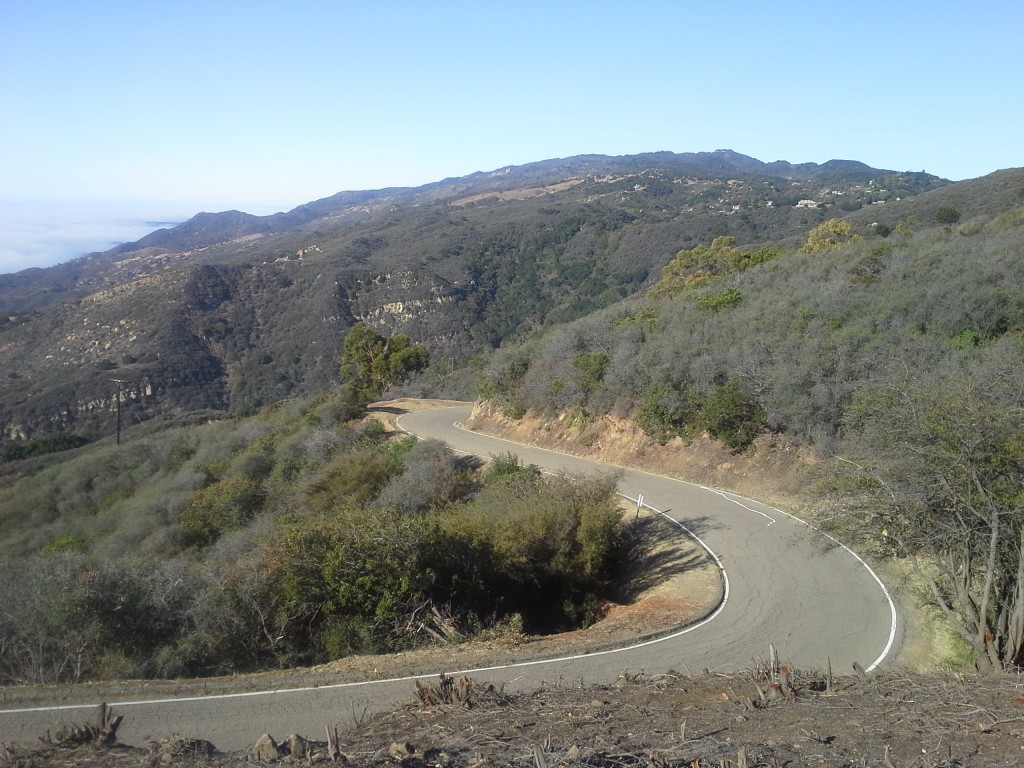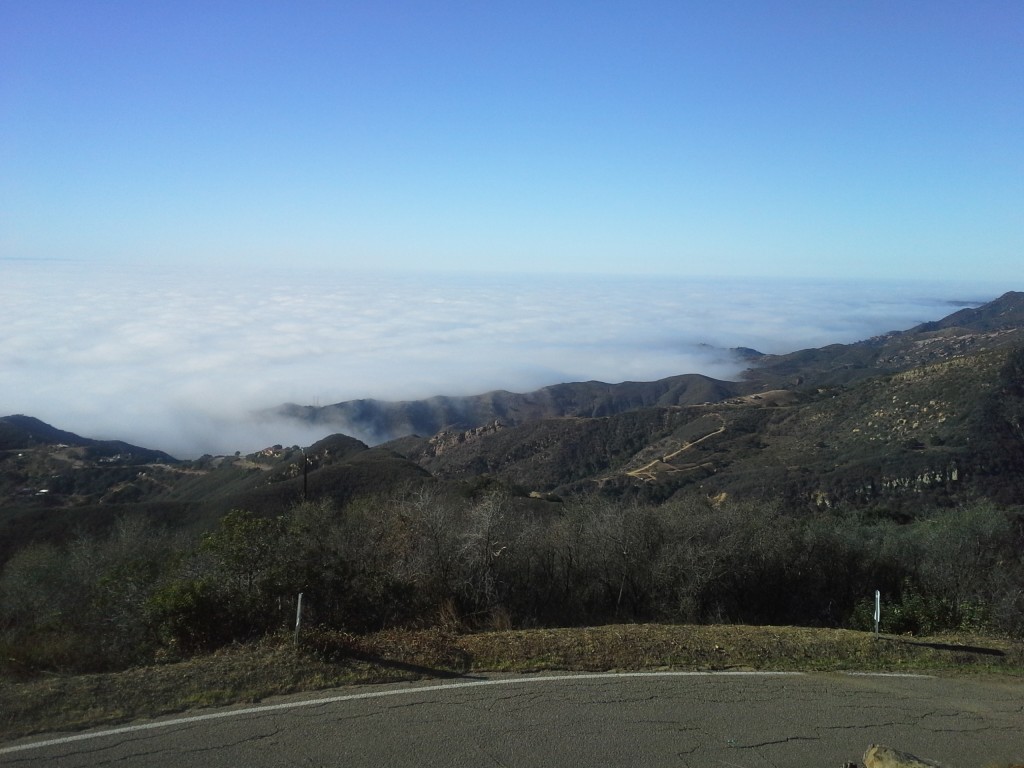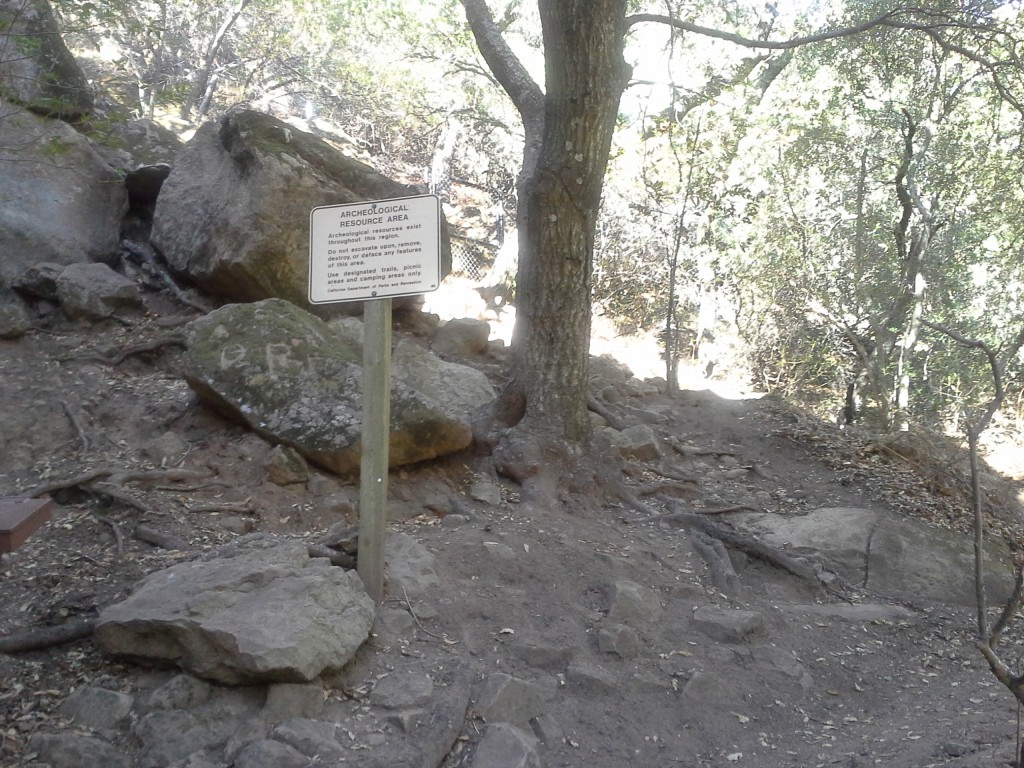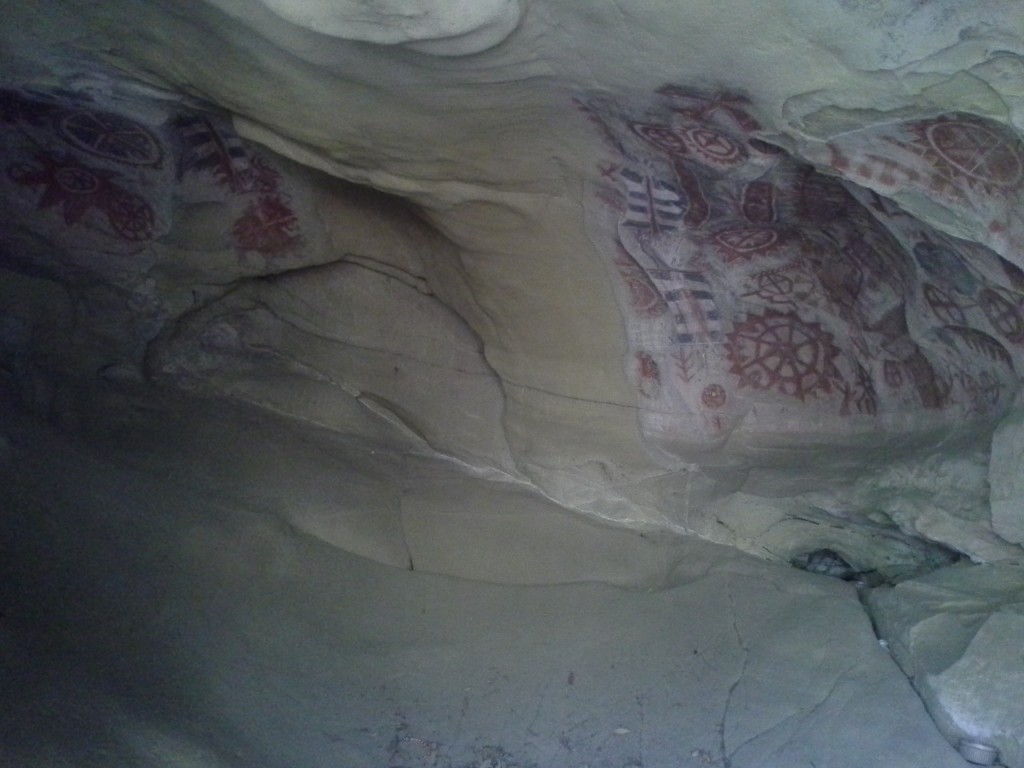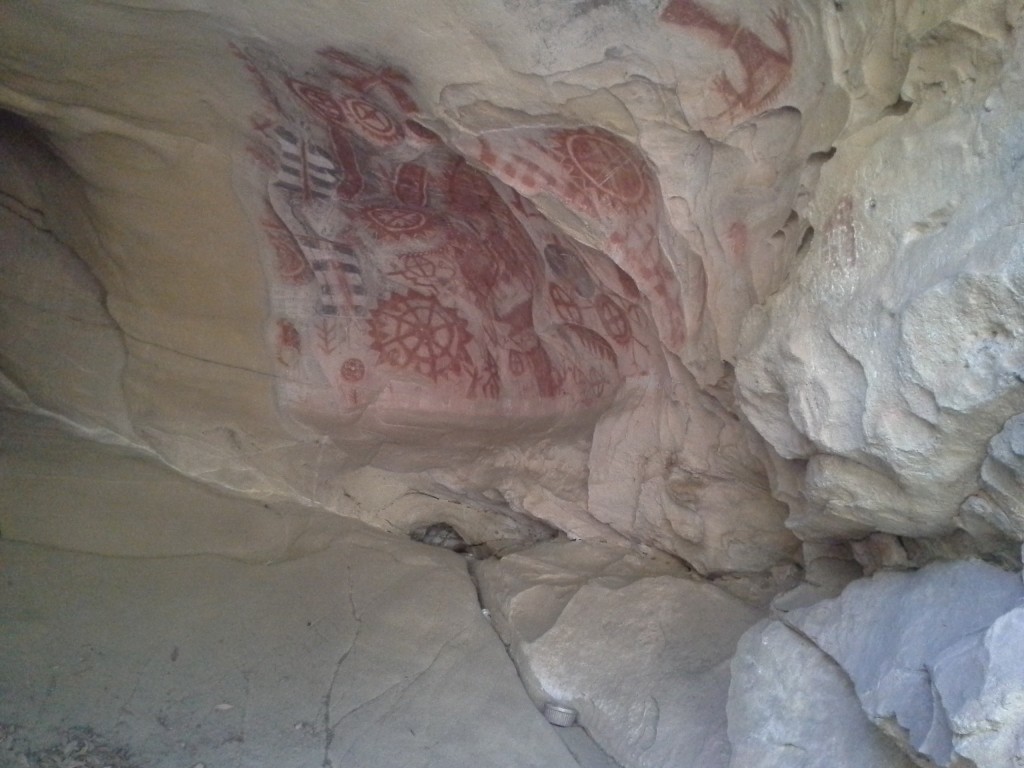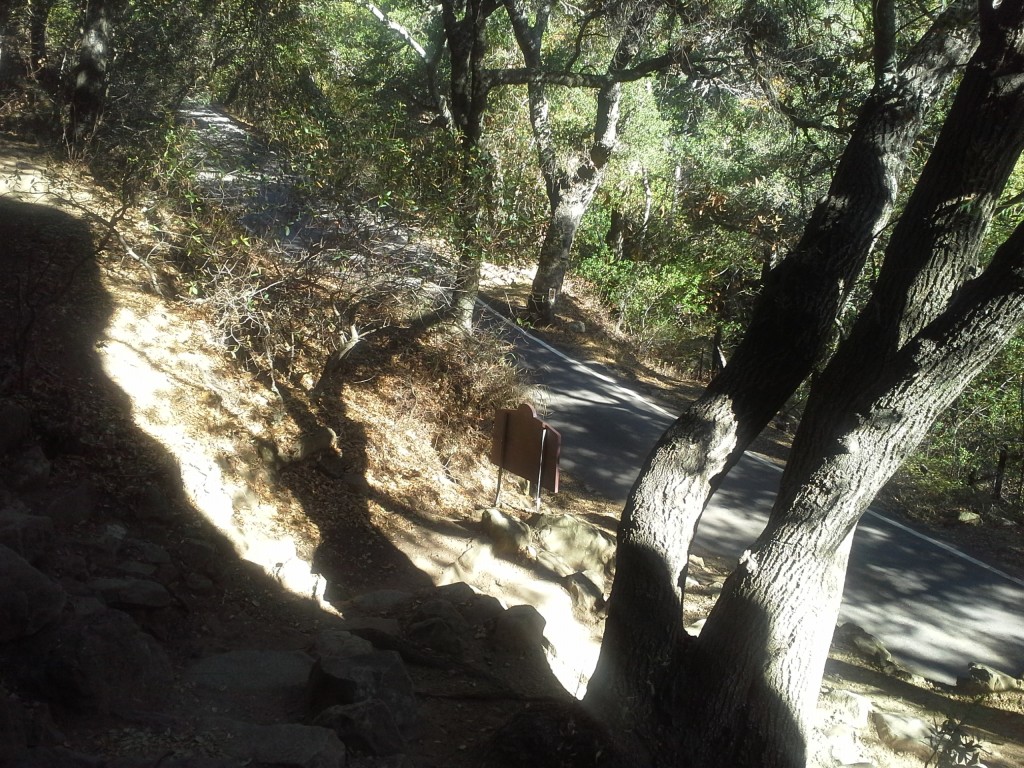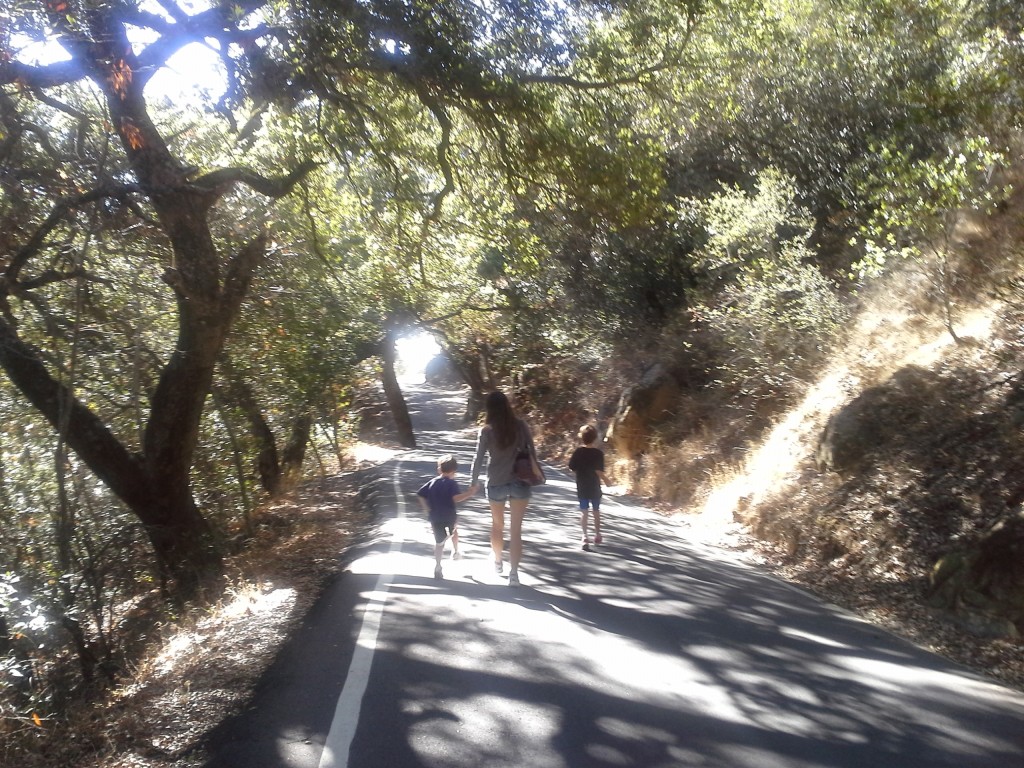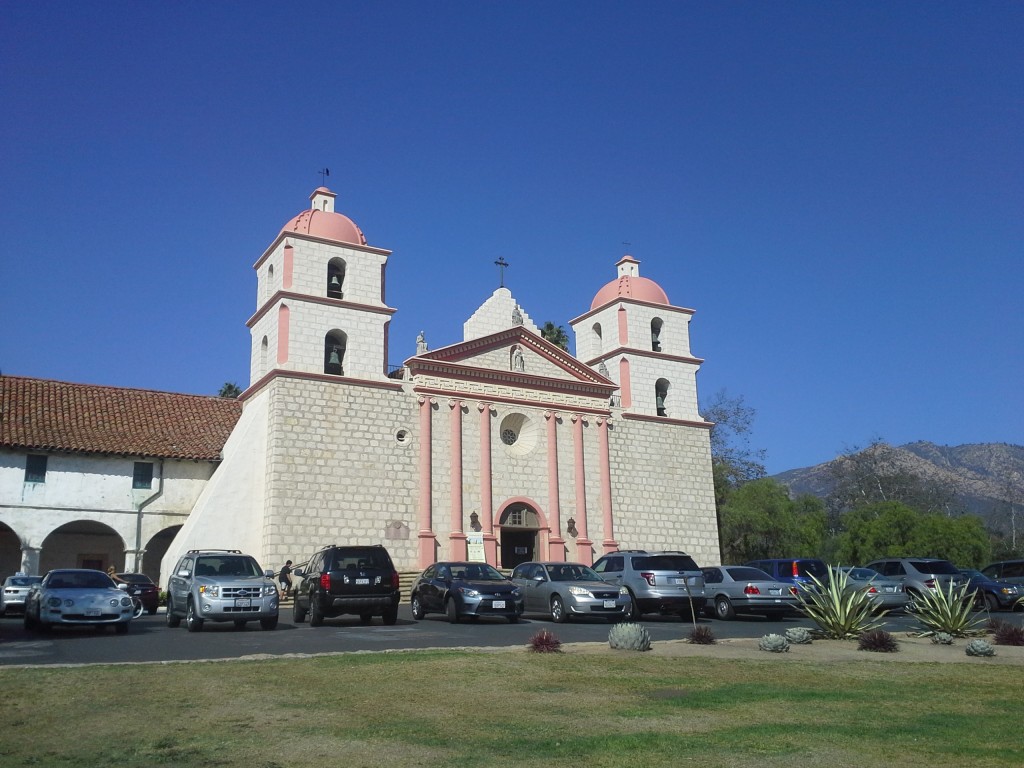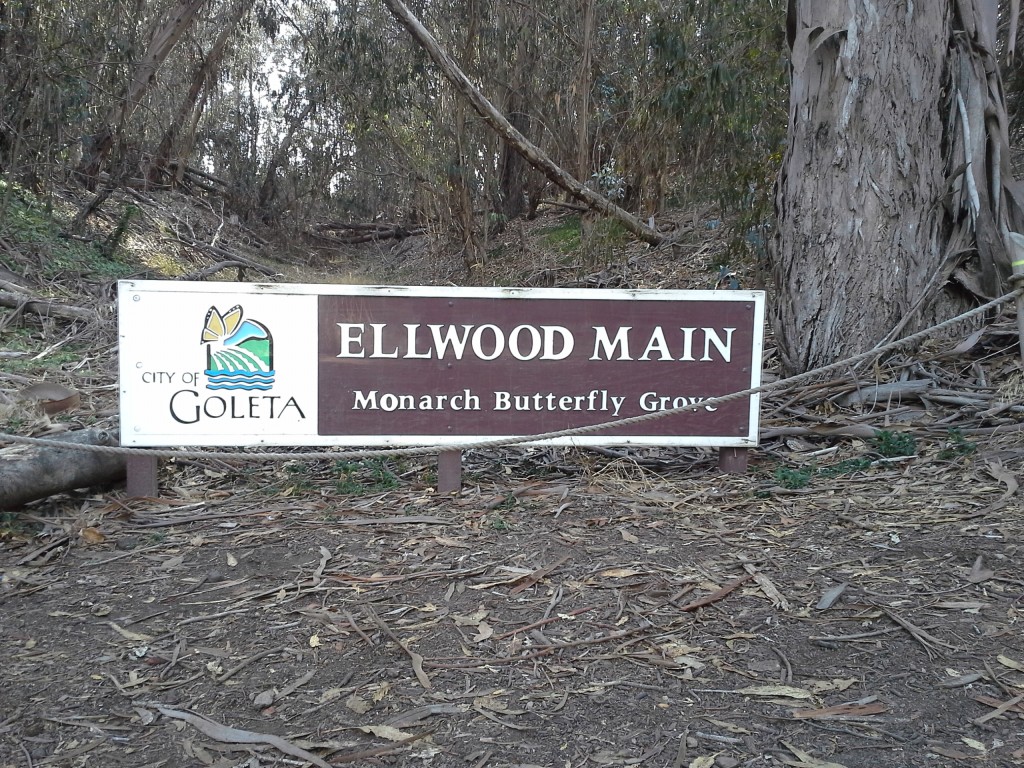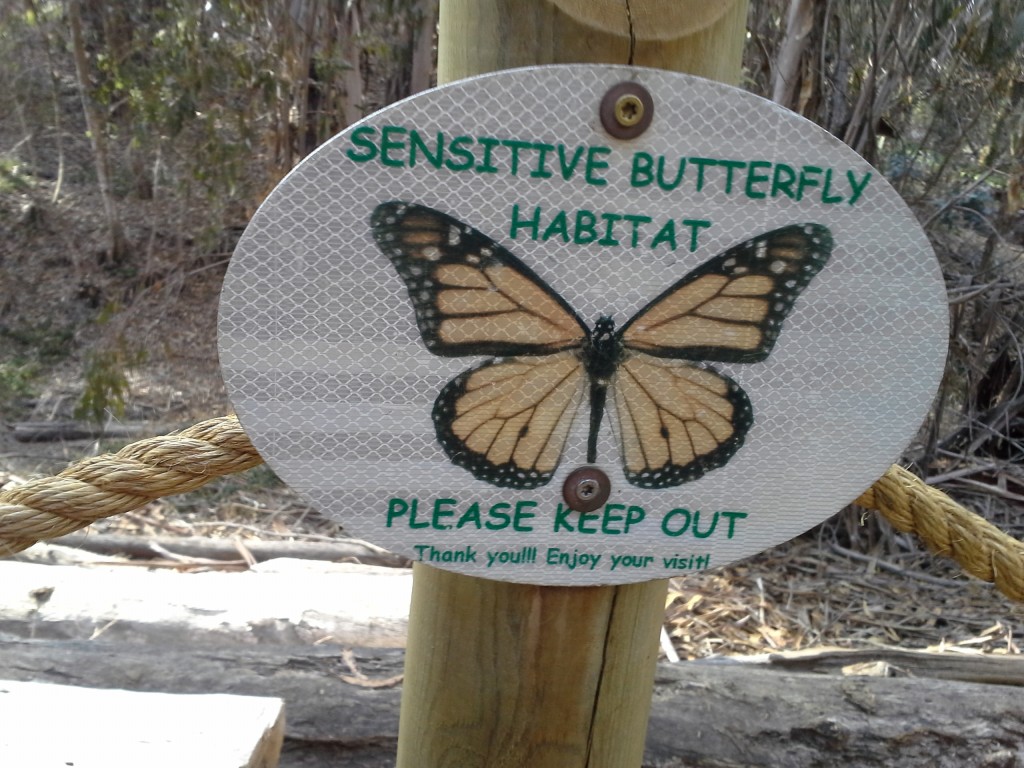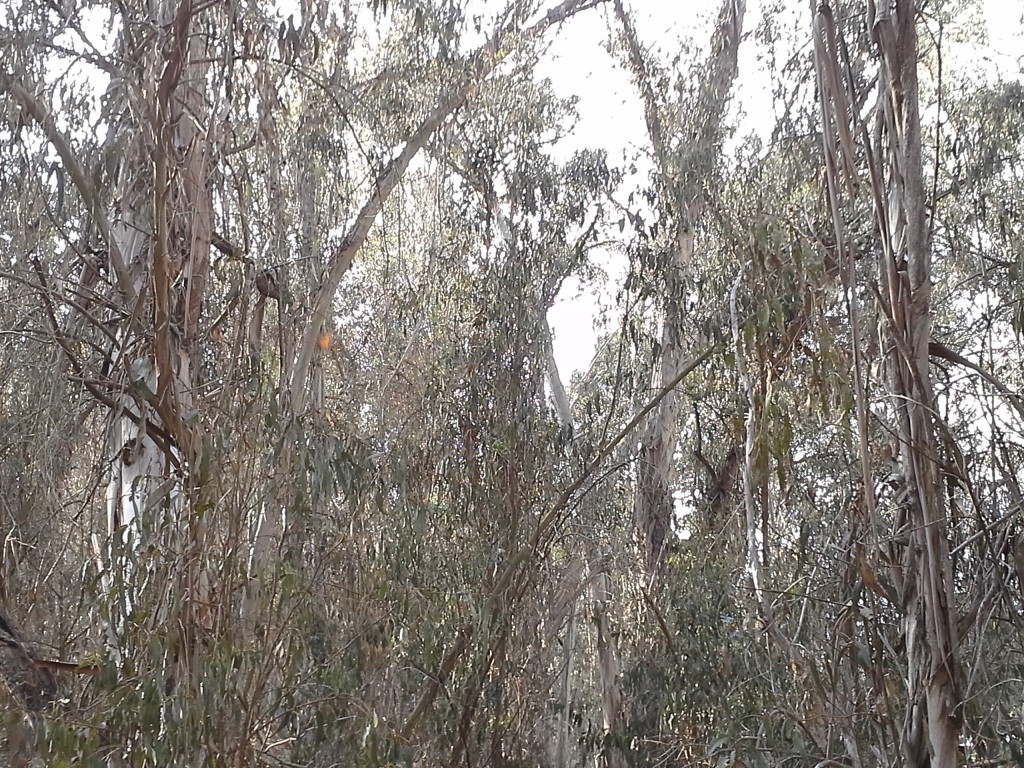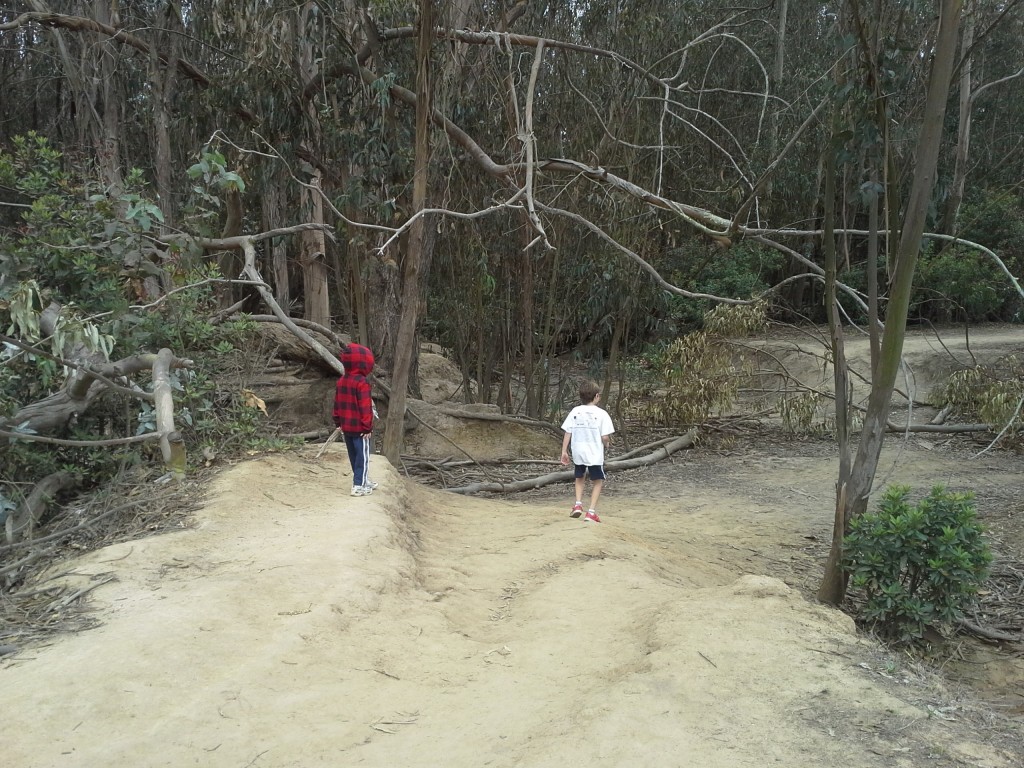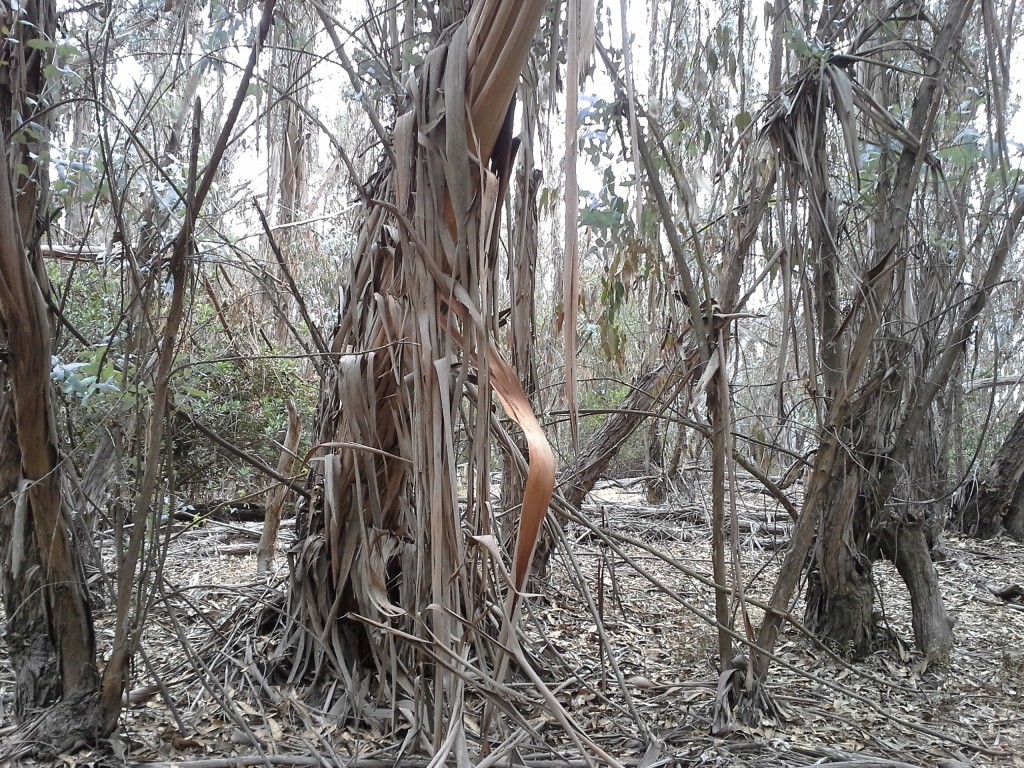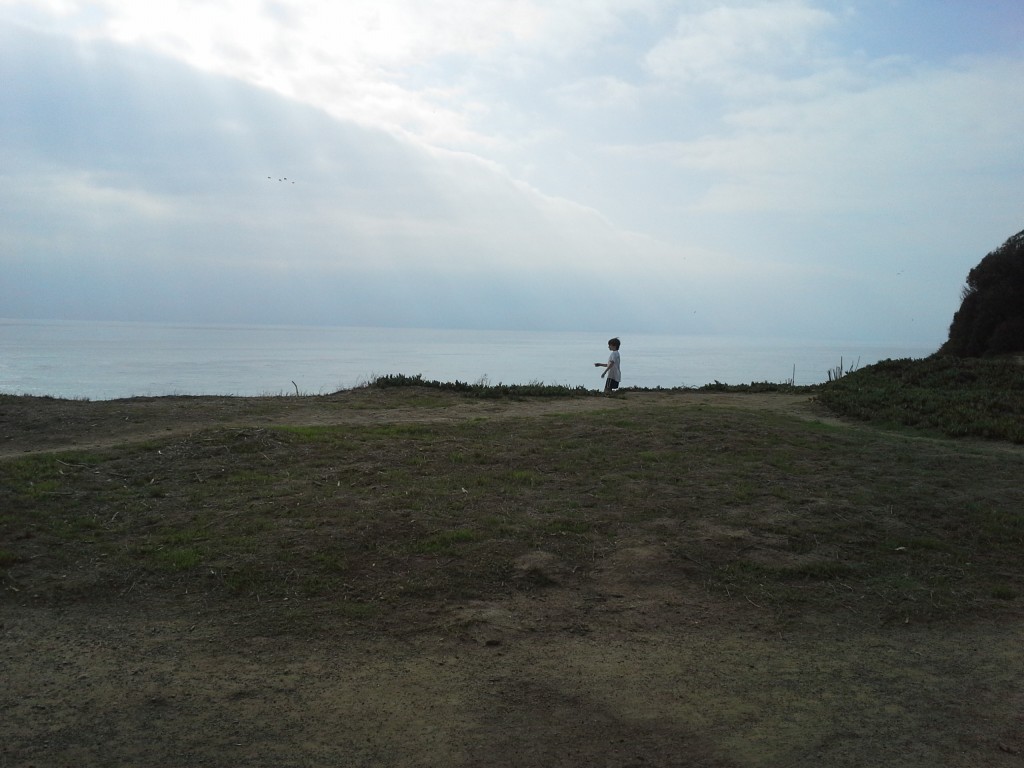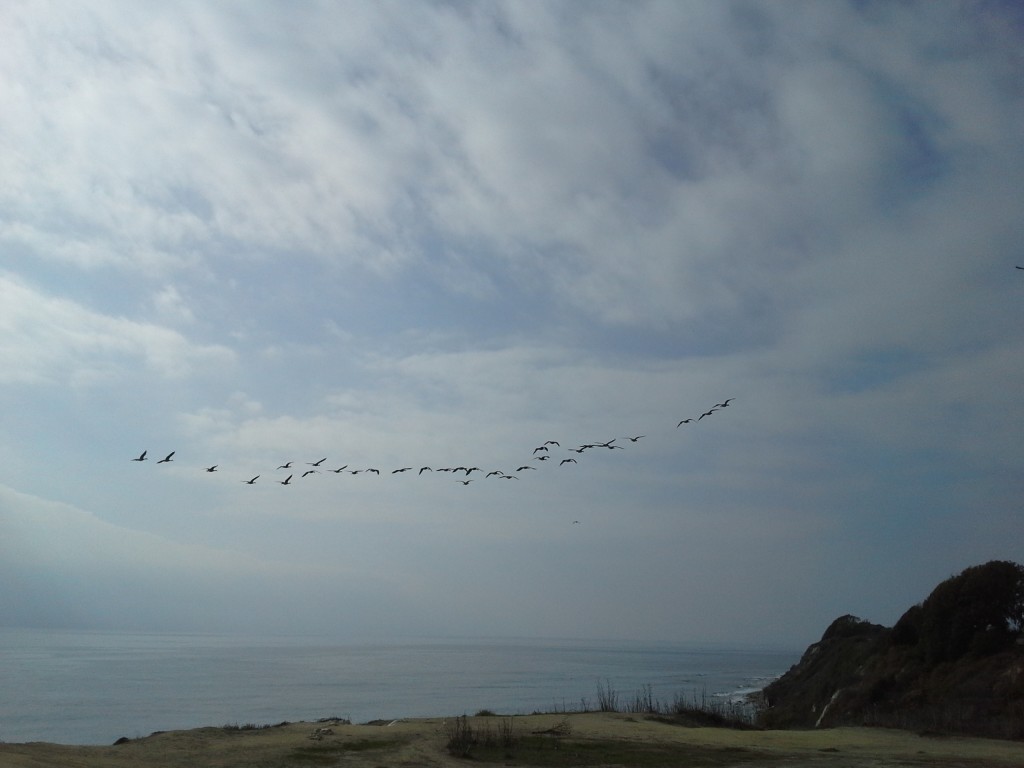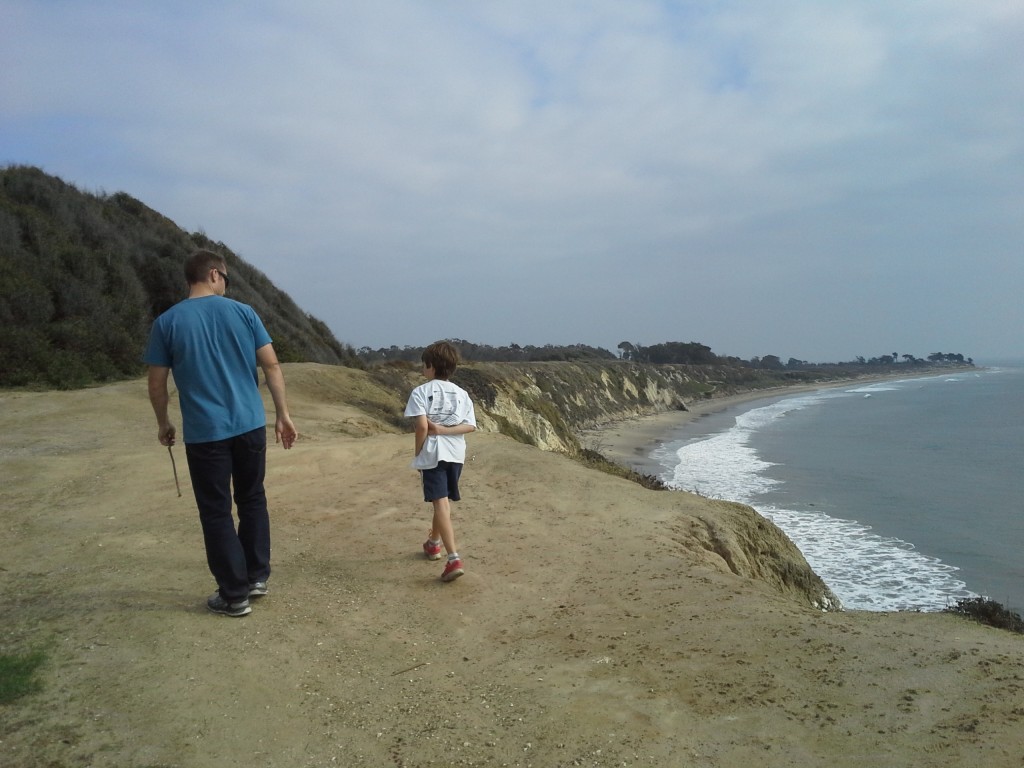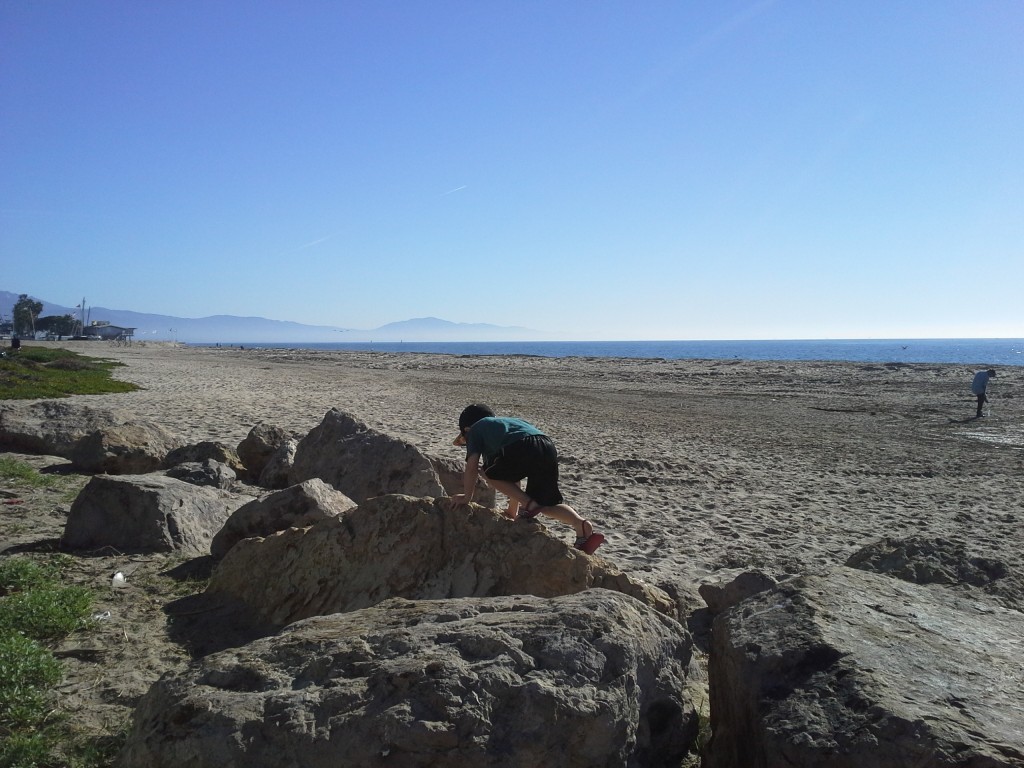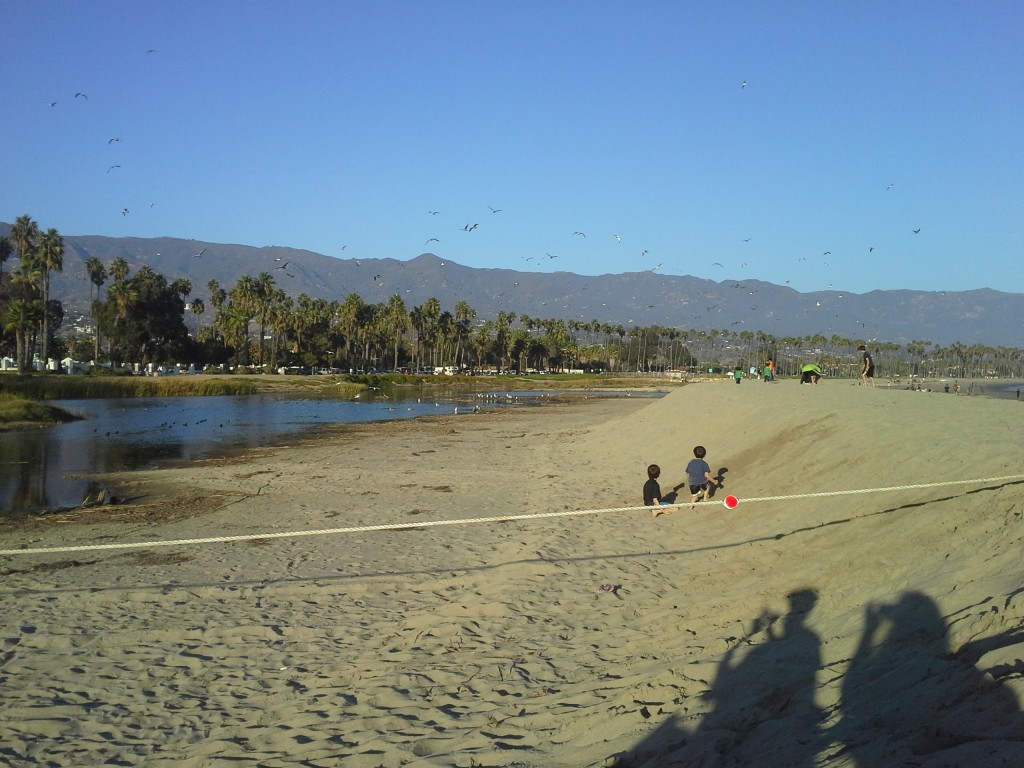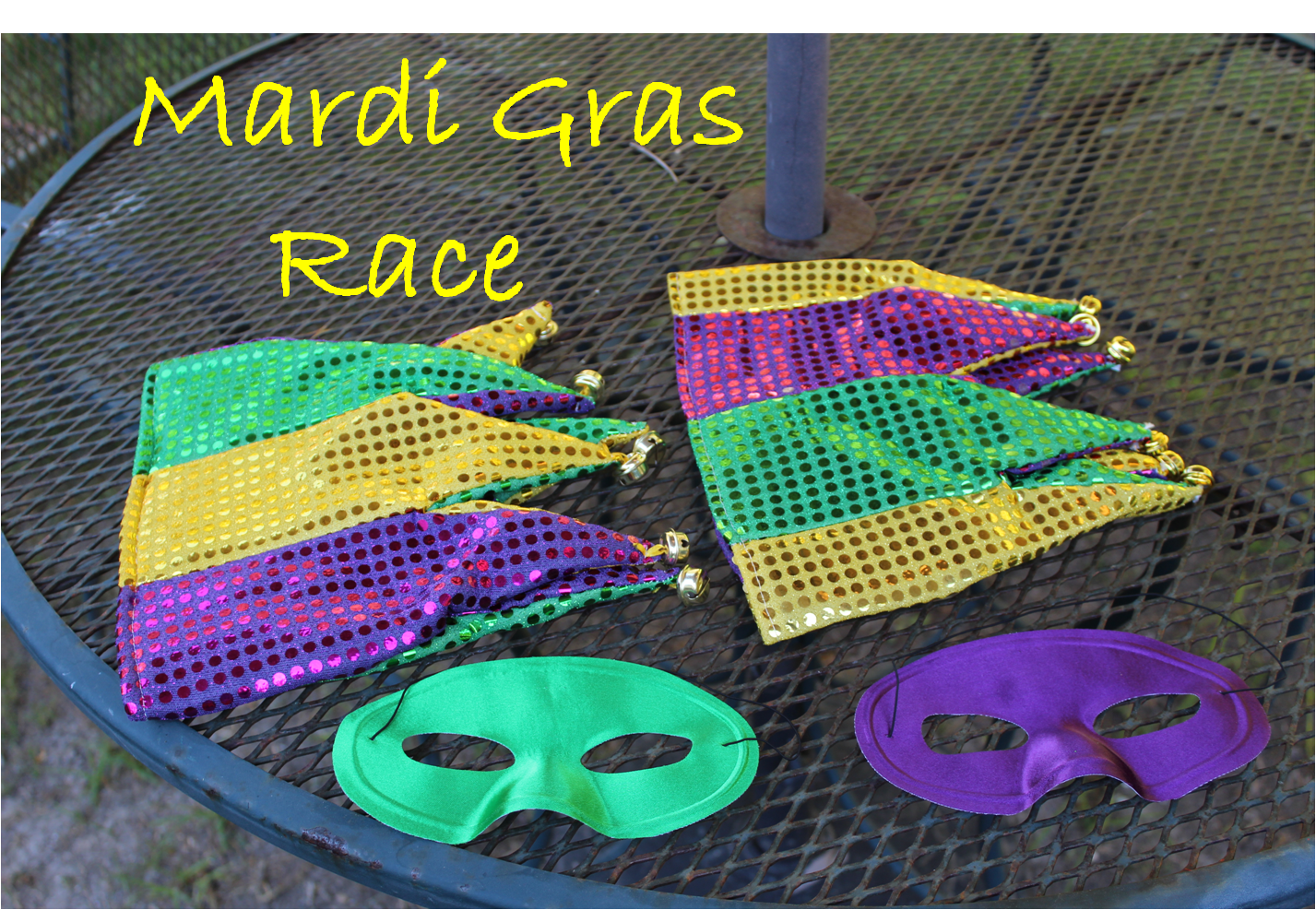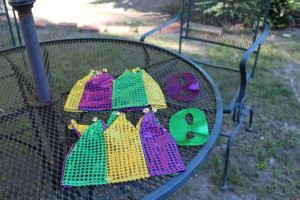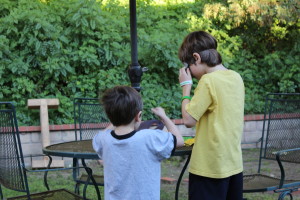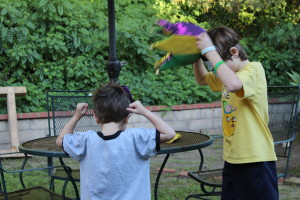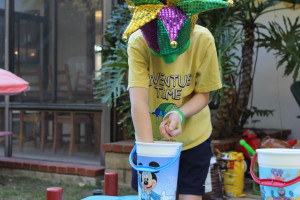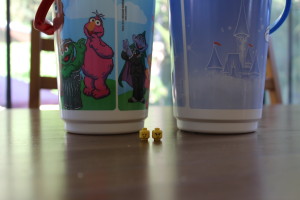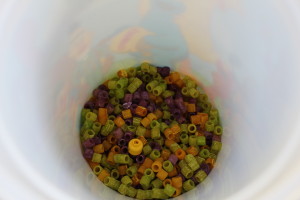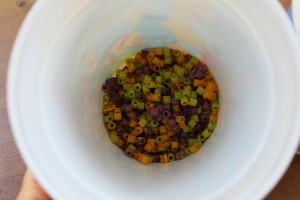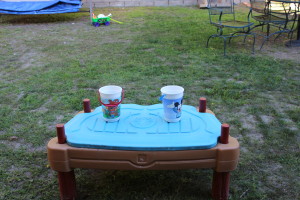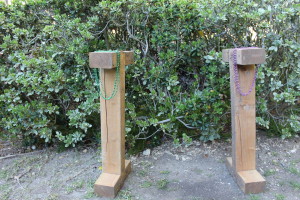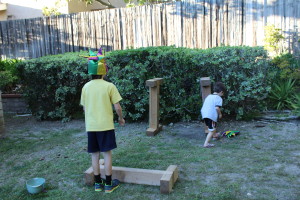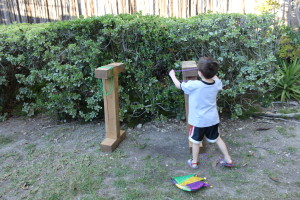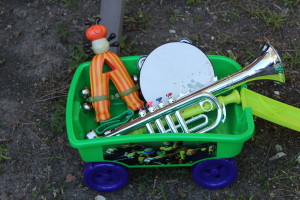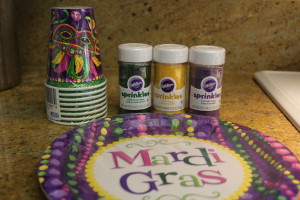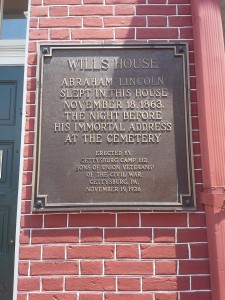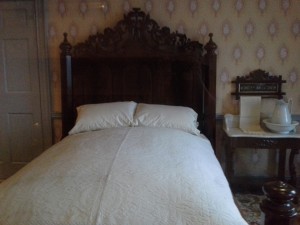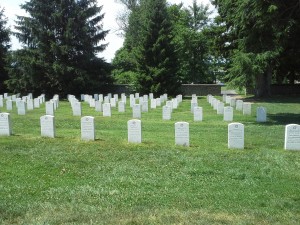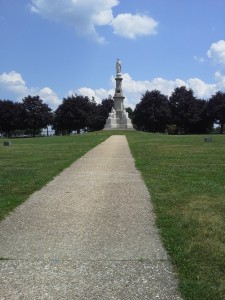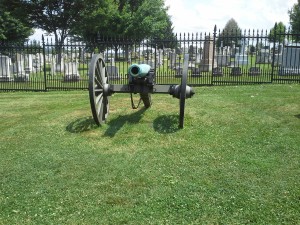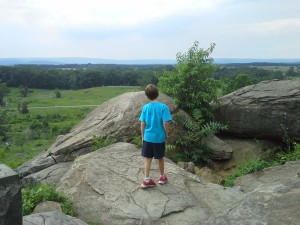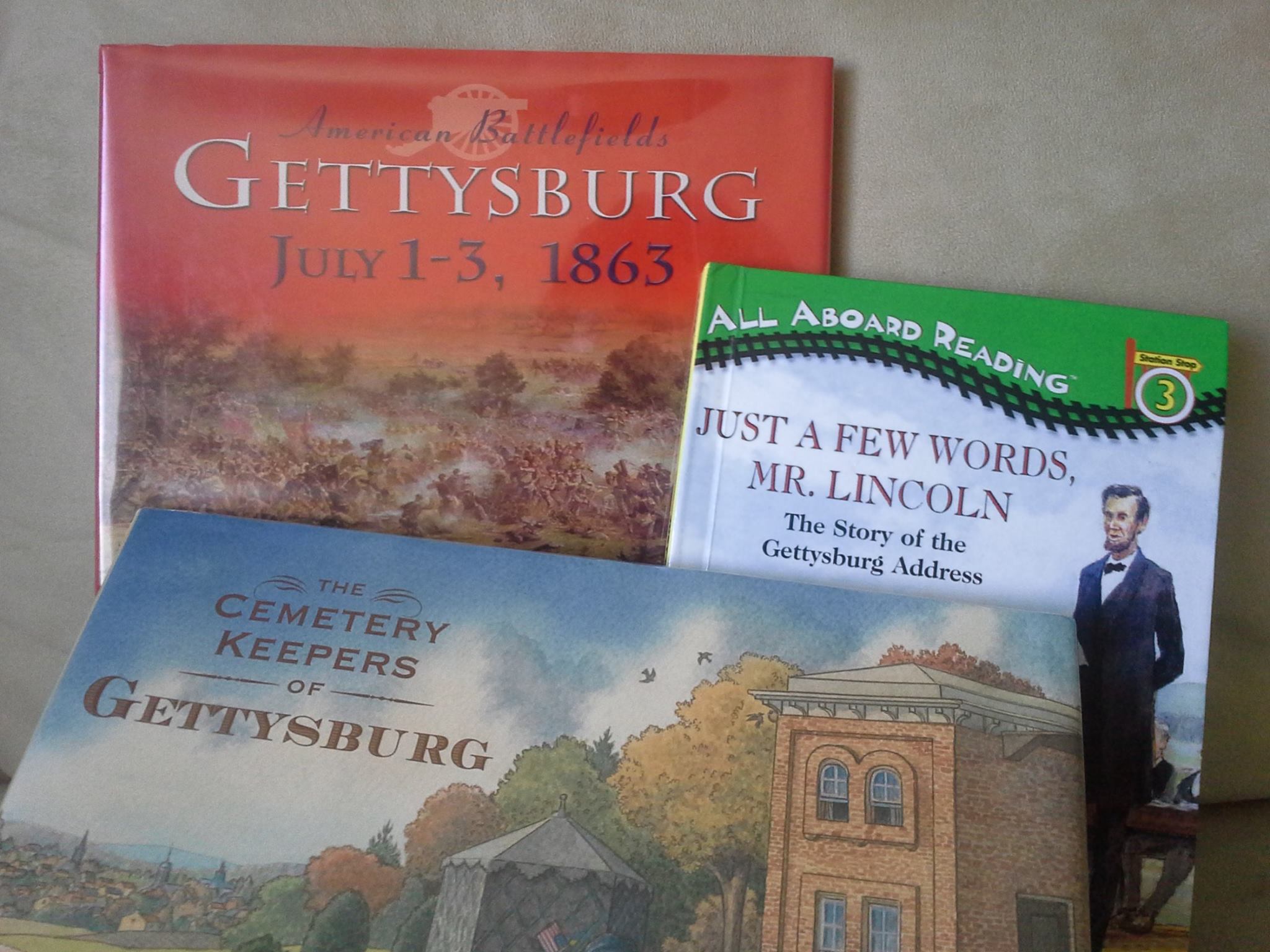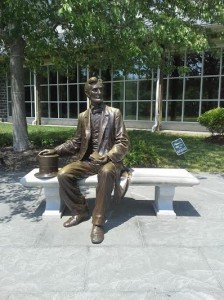The world truly is a classroom. Last year I home schooled my oldest son for his fourth grade year. I only bought one textbook and it was rarely used. As much as possible, we used our natural environment, hands on activities, and library books. We took opportunities as they came to us. One of those opportunities was a trip to Santa Barbara. My husband was running in the Veteran’s Day marathon that Santa Barbara holds. Since we always go to his marathons to cheer him on, I decided that we would also make this an educational trip for our boys.
Fourth grade standards focus a lot on Native Americans and California mission history. Santa Barbara was the perfect place for my son to learn about these topics. When teaching social studies it is best to use primary sources as much as possible. Primary sources would be actual artifacts or documents from the point in history one is studying. A textbook is written through the eyes of the author and often through a particular cultural lens or even viewpoint of a company or organization. It’s best for my child to see these things for himself and draw his own conclusions. Obviously, he cannot go back in time to witness this history. Visiting the historical sites and seeing real artifacts is the closest he can get. Naturally, we read books on the subjects and had projects related to the information so that he could delve deeper into the subject and synthesize what he had seen and read.
Santa Barbara has a lot to offer. We had to narrow it down because we only had a four day weekend and of course one of those days was taken up with the marathon. Another factor was the budget. Hotels are not cheap in Santa Barbara so we chose carefully about what to do when we were there, hoping not to go broke. Even if you have a short amount of time and a limited budget you can still have a fantastic educational trip! I’ll share with you what we did.
Chumash Painted Cave
The Chumash Indians are one of the most studied tribes in our area. After reading many books about the Chumash Indians, we were excited to go this cave where paintings that they created are still there! You will see their actual paintings, how cool is that? They are blocked off with bars so you cannot touch them, but it is very visible. To get to the park, you have to drive up a big mountain. My kids marveled at the view and commented on how it looked like we were above the clouds.
Just a couple of days ago we were talking about our trip and my kids were guessing how the Chumash got up there. My boys wondered what was it like to live up high and how the Chumash got food. Because they visited this place, they have a better understanding of the environment that the Chumash lived in. Therefore, they can see why the Chumash developed certain habits or traditions.
This is a California State park so it is free to visit. The constraining factor is parking. To give you an idea of what the parking is like, see the picture below. You have to find spot on the side of the road that is clear of trees and doesn’t look like you will fall of the edge! We went early in the morning and had no trouble finding a spot just up the road from the site.
Click here to visit the park’s website. It is not in Santa Barbara, but it is a very reasonable driving distance from it.
Santa Barbara Mission
Twenty one missions were built in California. One of them is right in Santa Barbara. Peek into history by visiting the Santa Barbara mission. You will see the garden, cemetery, church, and much more. Your child will have a better understanding of what a mission is by seeing one for him or herself. There is a fee to enter, but parking is free.
For more information on Mission Santa Barbara visit their website: Click here
Goleta Butterful Preserve
Goleta is a short drive from Santa Barbara and is a very special place. It is a stopping point for migrating Monarch butterflies. This is a seasonal event. From November to February you can see the butterflies hanging in the trees resting for the next leg of their migration. At first, they can be hard to see since they have their wings closed and the brown of the outside of the wings blends in with the trees. But, if you look carefully, you will notice them, especially if the begin to flutter their wings.
Pictures were hard to take. The small spot of orange on one of the trees is a butterfly fluttering (picture below). It was hard to discern the butterflies at first, you had to observe carefully. Once you learn how to look for the resting butterflies, it’s amazing to see. It was really interesting to see how they all hung on the branches together.
Not only can your child see migrating Monarchs, the rest of the park provides an exciting landscape to explore. It’s a natural lesson in geology and biology.
The park is free to enter and parking is free too. For more information about this park: Click here
Besides, do you really need an excuse to go to Santa Barbara? This place is gorgeous!

